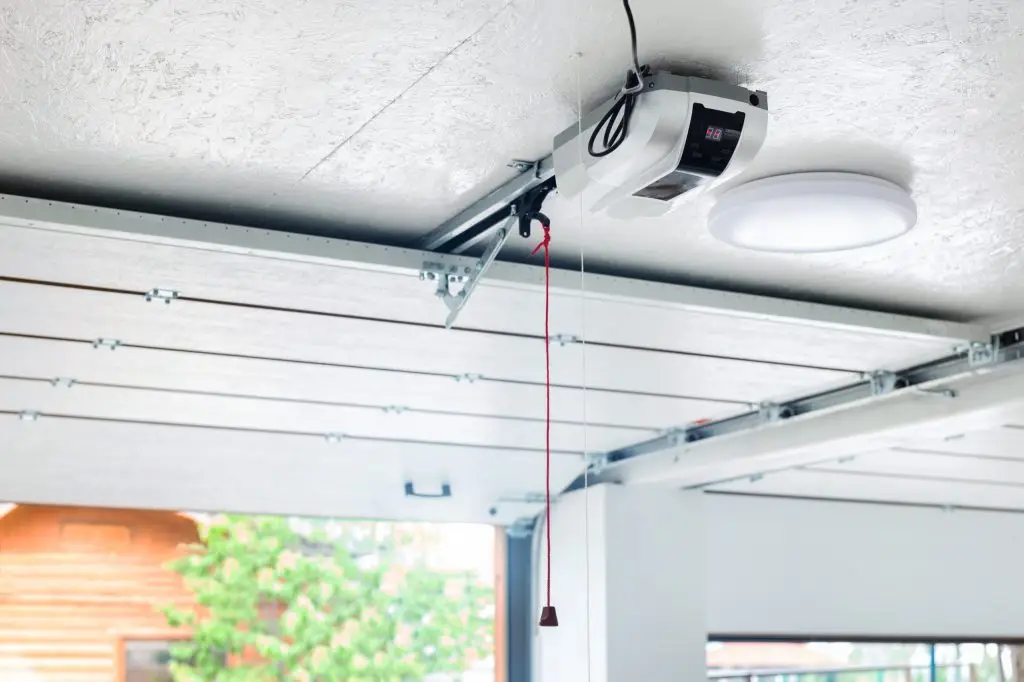The Comprehensive Guide to Garage Door Insulation

The Comprehensive Guide to Garage Door Insulation
When looking to make your home more energy-efficient, don’t overlook the benefits of garage door insulation. An insulated garage door can help maintain a comfortable temperature and reduce heat loss, ultimately saving you money on energy bills. In this guide, we’ll discuss why and how you should consider insulating your garage door.
Why Insulate Your Garage Door?
- Energy Efficiency
Garage doors represent a large opening in your home, and without proper insulation, they can be a significant source of heat loss or gain. Insulating your garage door helps to maintain a stable internal temperature, lowering heating and cooling costs year-round. - Enhanced Comfort
By insulating your garage door, you create a more comfortable environment in your garage, making it usable as a workshop, gym, or storage space irrespective of the outdoor temperature. - Noise Reduction
Insulation can dampen the noise both inside and outside the garage. This is particularly beneficial if your garage is attached to your living area or if you’re using power tools in your workspace.
Different Types of Insulation Materials
Selecting the right insulation material for your garage door depends on your specific needs and budget. Here’s a brief overview of popular options:
- Polystyrene Foam: This rigid foam comes in panels and is easy to install. It’s a popular choice due to its lightweight nature and good insulating properties.
- Polyurethane Foam: This spray foam is injected between door panels, providing superior insulation and structural reinforcement. It’s the best choice if your priority is maximum thermal efficiency.
- Reflective Foil: This consists of layers of foil that reflect heat. It’s a cost-effective solution, especially useful in mild climates.
To read more about the benefits of garage door insulation, be sure to visit our services page.
How to Insulate Your Garage Door
- Measure and Select Material
Start by measuring your garage door to ensure you have the correct amount and type of material. Consider consulting our service page if you need opener installation as well. - Prepare the Surface
Clean your garage door to remove any dirt or debris. A clean surface is essential for proper adhesion of insulation materials. - Install Insulation
Follow the specific instructions for your chosen material. Many products are designed for DIY installation, while others might require professional help, especially if you opt for complex materials like polyurethane foam. - Check Seals and Gaps
Inspect the perimeter seals and weatherstripping. Poor sealing can undermine the benefits of insulation. Consider a spring replacement to ensure your door functions smoothly with the added insulation.
The Cost of Adding Insulation
The cost varies based on the material and labor needed. DIY options like kits can range from $50-$200, whereas professional installation, especially for options like polyurethane foam, can be more costly. Nevertheless, the long-term savings on energy bills often justify the initial investment.
Conclusion
Insulating your garage door is a smart enhancement for your home, boosting energy efficiency, comfort, and even property value. If you’re considering a retrofitting project, American Garage Doors is ready to assist. For urgent situations, remember our emergency garage service is always available. For more detailed advice, our garage door panel replacement services can also help ensure your door and its components are optimized.

Ready to improve your garage door’s efficiency and comfort? Call us today at (888) 794-6420 to resolve any garage door issue or schedule your insulation upgrade!

